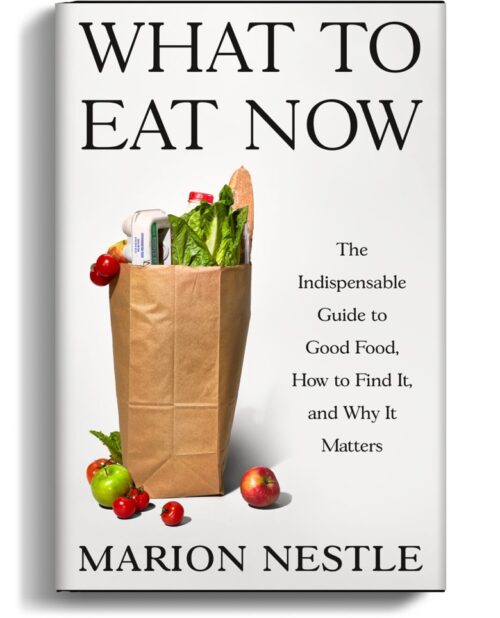FDA’s limited ability to regulate food imports
FDA’s program is generally limited to enforcing the Hazard Analysis and Critical Control Point—the internationally recognized food safety management system—by conducting inspections of foreign seafood processors and importers each year.These inspections involve FDA inspectors reviewing records to ensure the processors and importers considered significant hazards, including those resulting from drug residues if the seafood they receive are from fish farms.The inspectors generally do not visit the farms to evaluate drug use or the capabilities, competence, and quality control of laboratories that analyze the seafood.
- Aquaculture assessments have been limited by FDA’s lack of procedures, criteria, and standards. In contrast, the EU reviews foreign government structures, food safety legislation, the foreign country’s fish farm inspection program, and visits farms to ensure that imported seafood products come from countries with seafood safety systems equivalent to that of the EU.
- FDA’s sampling program does not generally test for drugs that some countries and the EU have approved for use in aquaculture. Consequently, seafood containing residues of drugs not approved for use in the United States may be entering U.S. commerce.
- FDA’s sampling program is ineffectively implemented. For example, for fiscal years 2006 through 2009, FDA missed its assignment plan goal for collecting import samples by about 30 percent.
- In fiscal year 2009, FDA tested about 0.1 percent of all imported seafood products for drug residues.
- FDA’s reliance on 7 of its 13 laboratories to conduct all its aquaculture drug residue testing raises questions about the agency’s use of resources.
- FDA has inspected 1.5 percent of Chinese seafood processing facilities in the last 6 years.
And Congress wants to cut FDA’s resources. I have no doubt that the FDA could be more efficient but the scope of what it is expected to do with limited resources is beyond absurd.
From where I sit, the entire food safety system needs an overhaul and the problems with food imports are a good reason for doing that.



